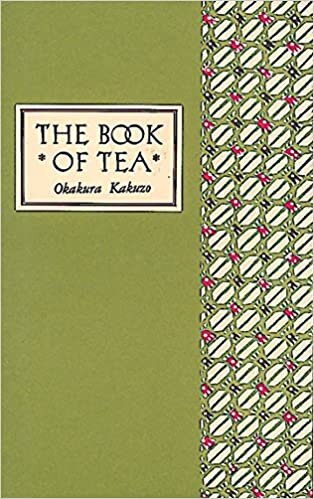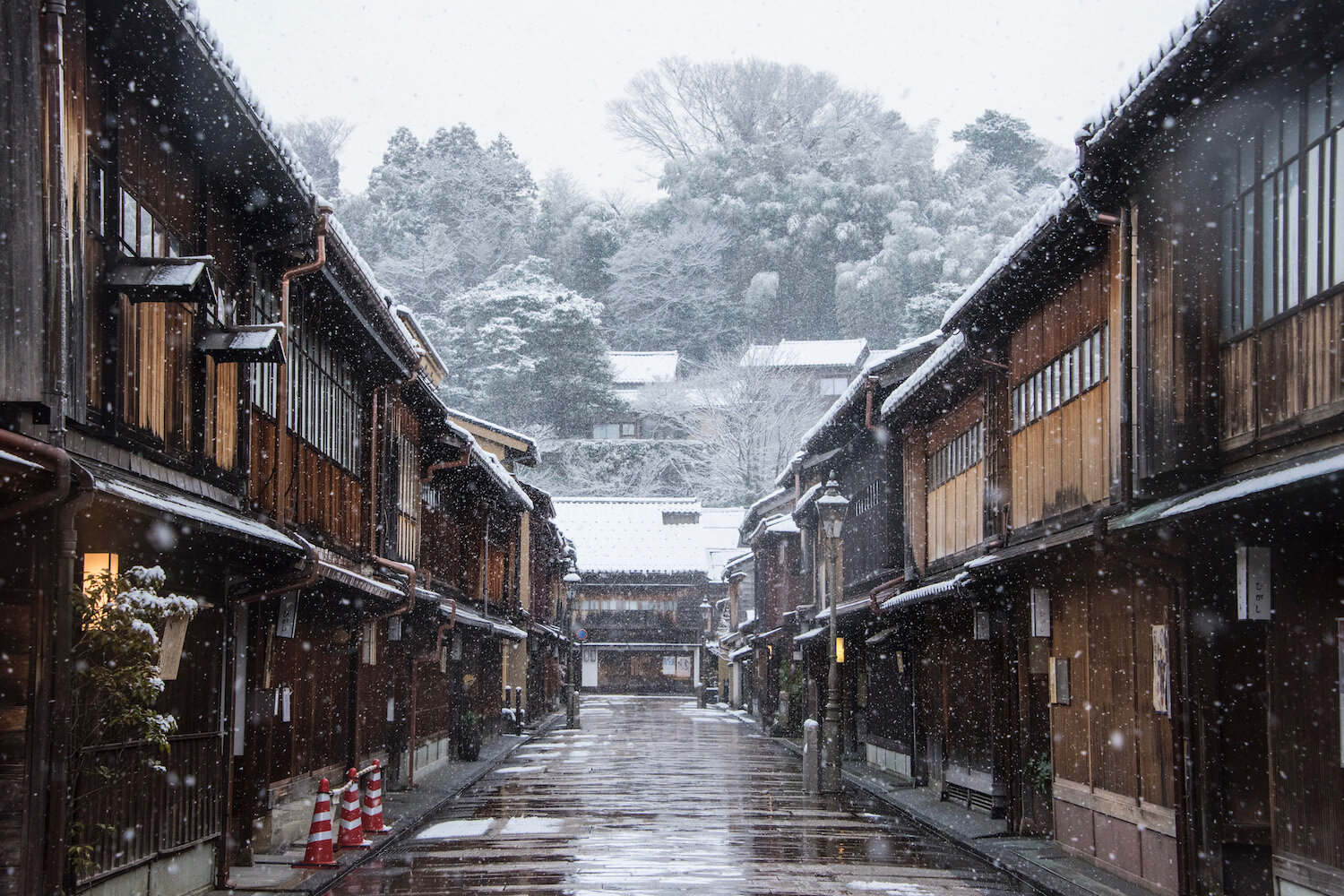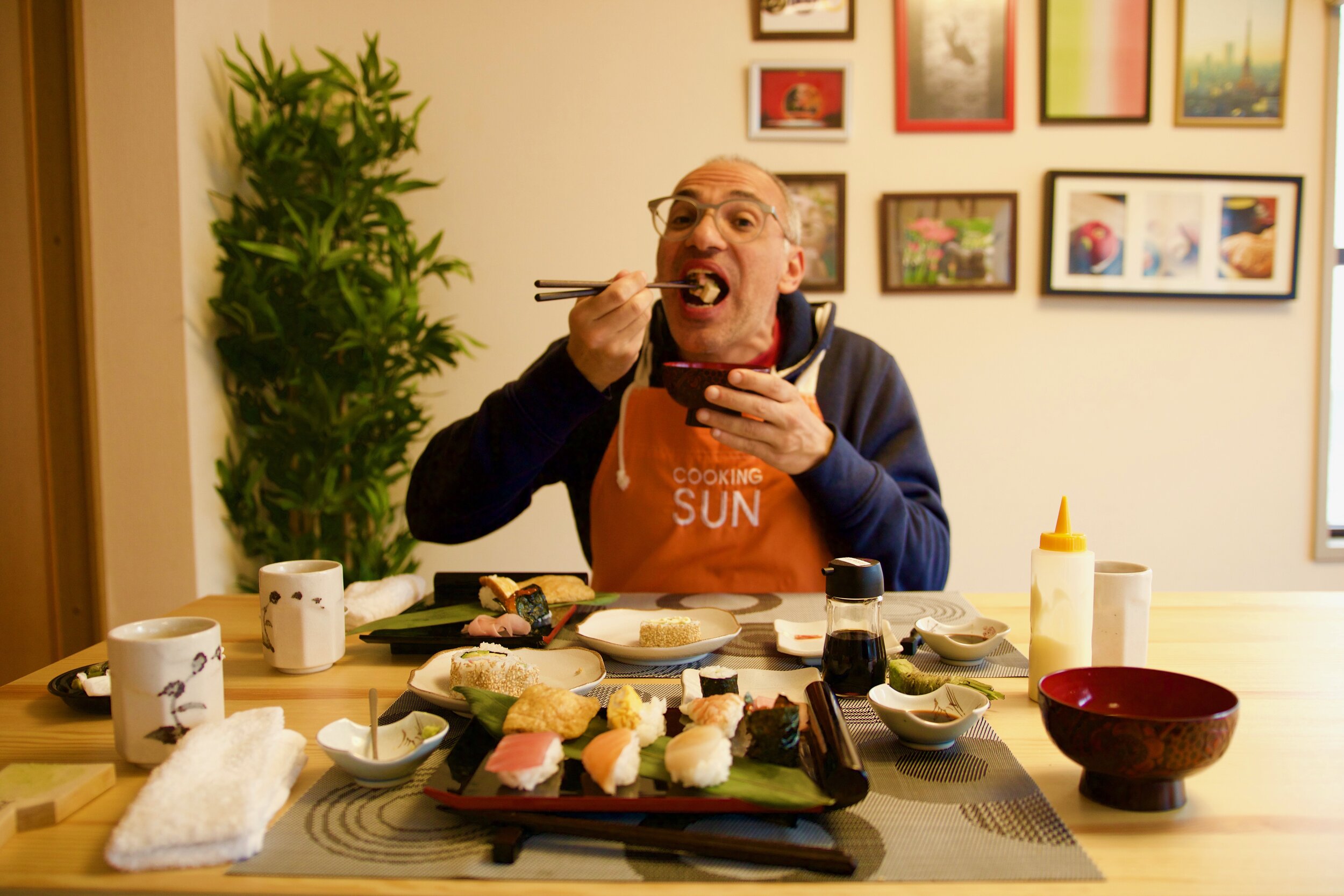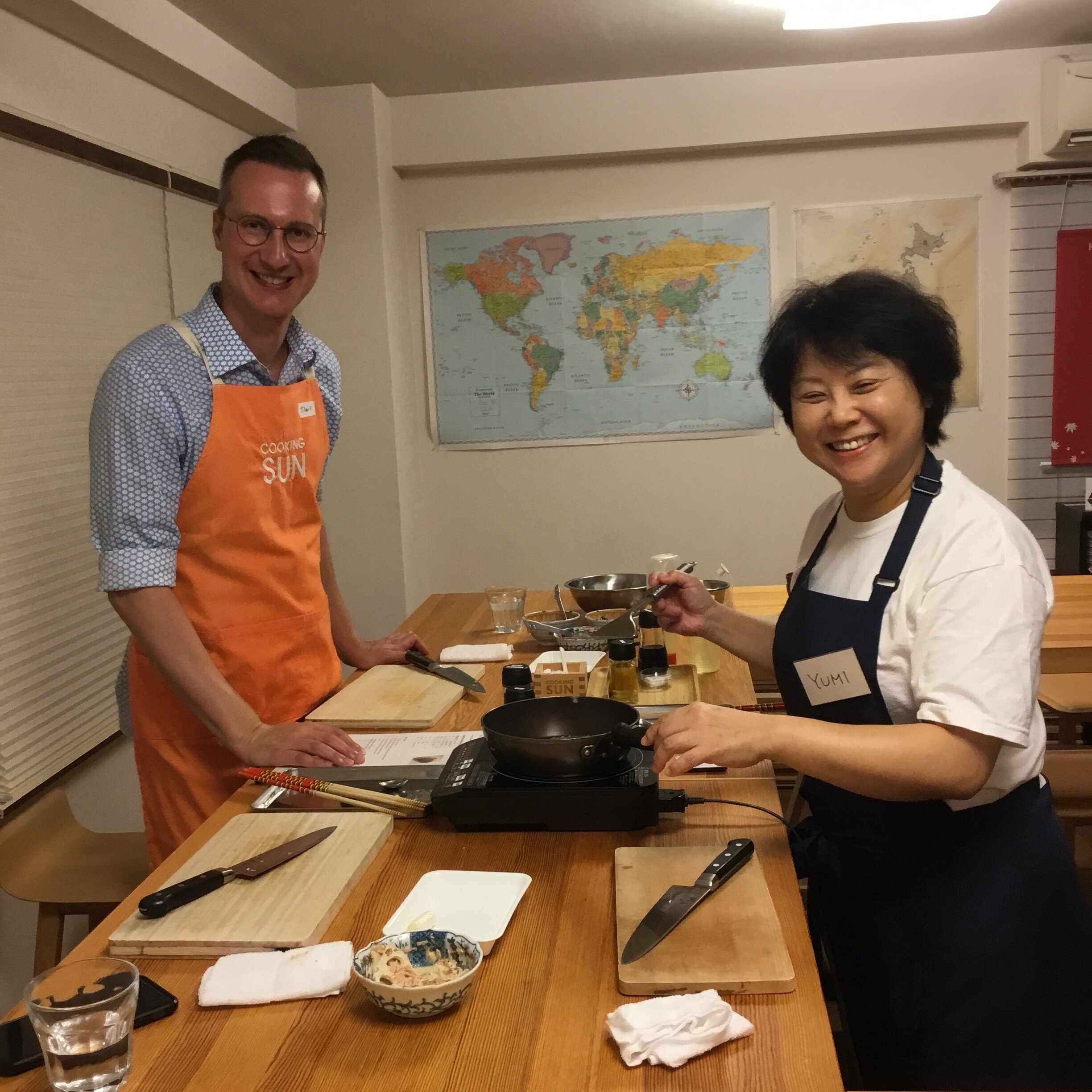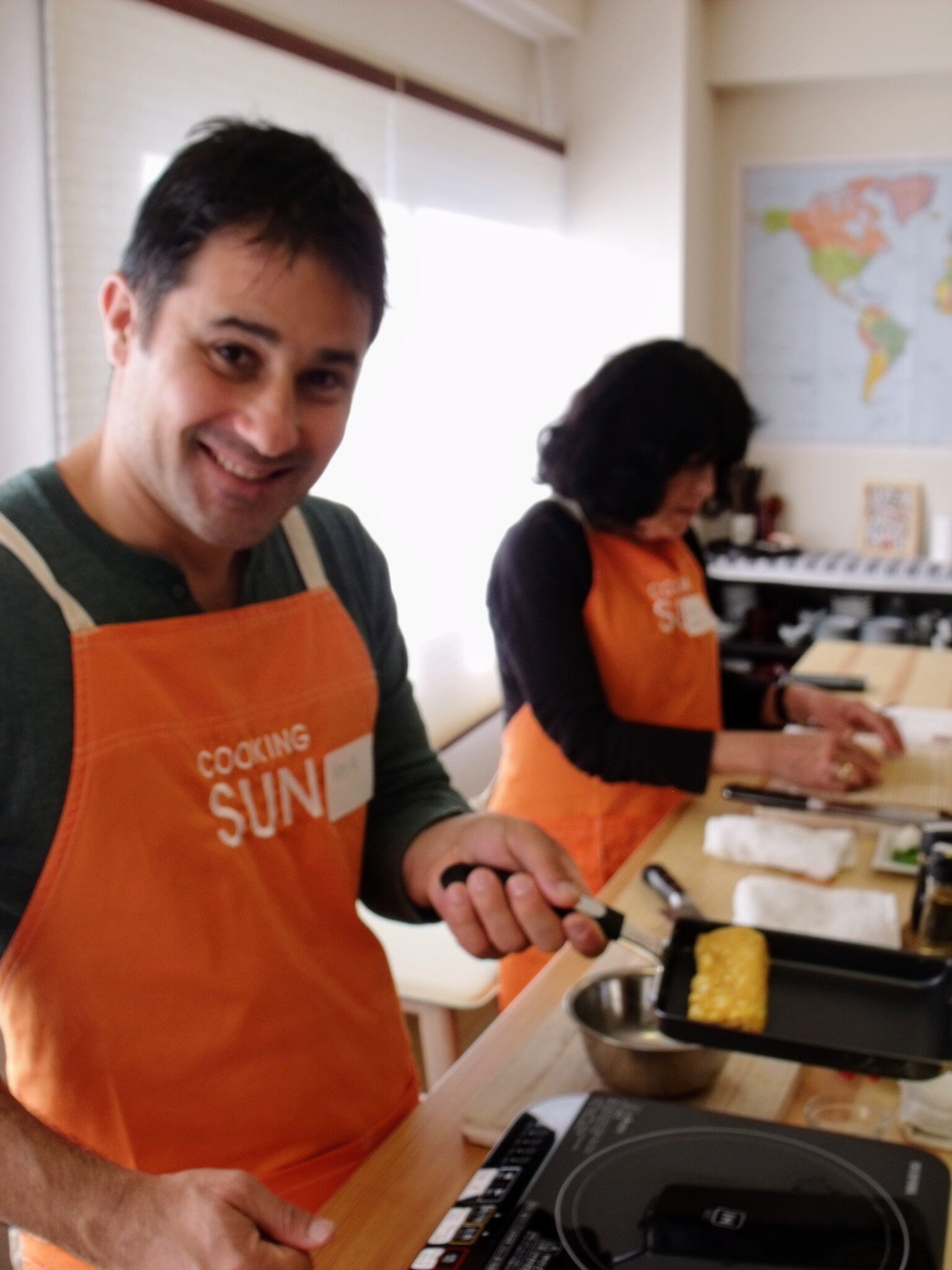One of the best experiences you will have when you are in one of Hello! Tokyo Tours is that you will not only learn the culture and love the beautiful little red dot Singapore, but you will also form a friendship with our Hello! Tokyo tour guides.
That is why we are we are excited when we heard about the newly launched book of one of our author friends Gail Holloway. Gail came on our evening History and Culture Tour in Singapore. You can see in the picture below that she had a wonderful time exploring the city and also was able to meet Hello! Tours CEO/Founder Laura Blackhall.
Gail (from left) beside Laura, all smiles after a day in Singapore.
Gail and friends Locked in a jail cell in the former Supreme Court
You can now grab a Kindle edition of her new book in Amazon and visit her website https://www.gailholloway.com/ for more information about her new book, travel blogs and to keep yourself updated on her new future projects.
Cherry Blossom Footsteps: Adventures in Japan and Hong Kong
Author: Gail Holloway
Format: Kindle Edition
Buy it here: Amazon
Twenty-something Lauren is embarking on her first-ever overseas adventure - to Japan for the cherry blossoms, Zen gardens and majestic temples, where she makes use of her uni studies. She then travels on to Hong Kong, where she traces the 1960s footsteps of her beloved nan, in more ways than one. This enchanting tale follows Lauren on a fun journey, through two vibrant Asian cultures. With ancient history, modern life, new friendships and romance, Lauren’s is a story of discovery - of new lands, and herself.
Photo and Summary Credit: Amazon















